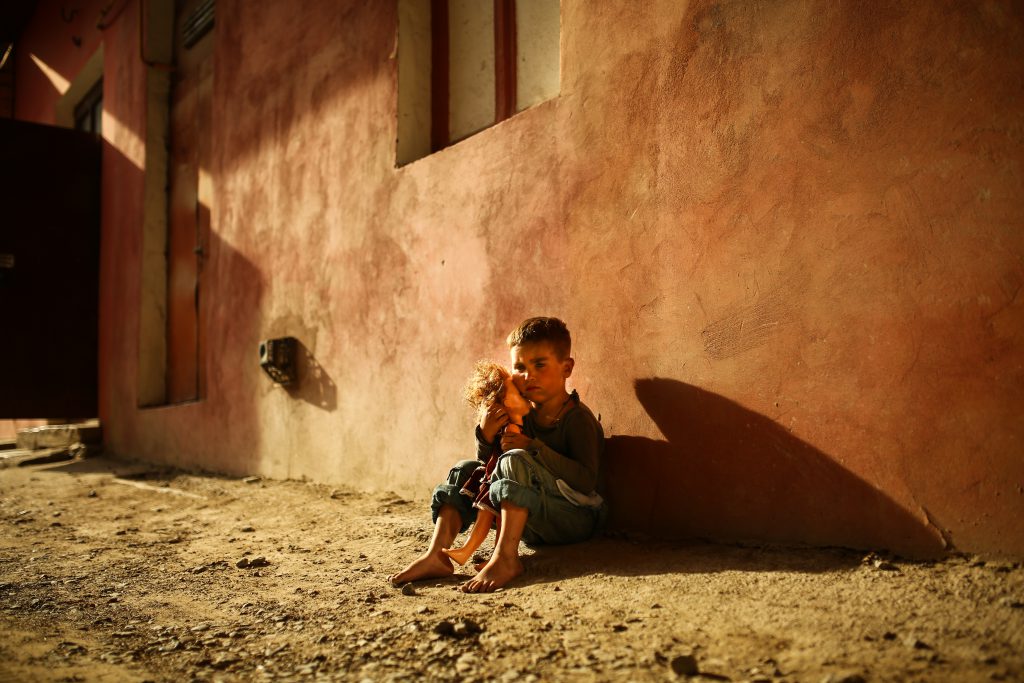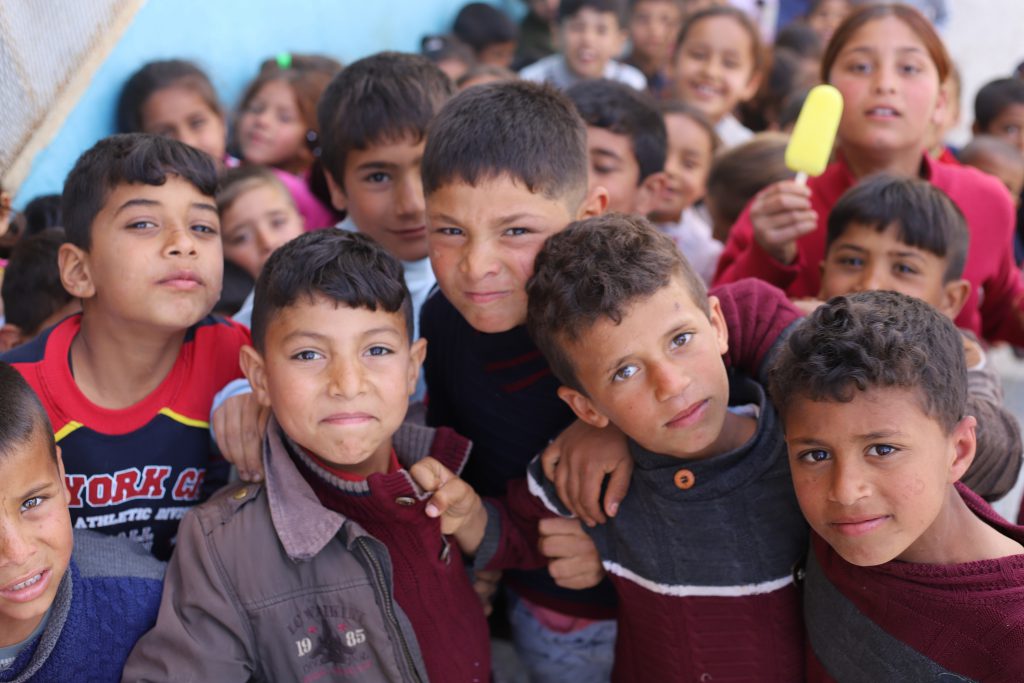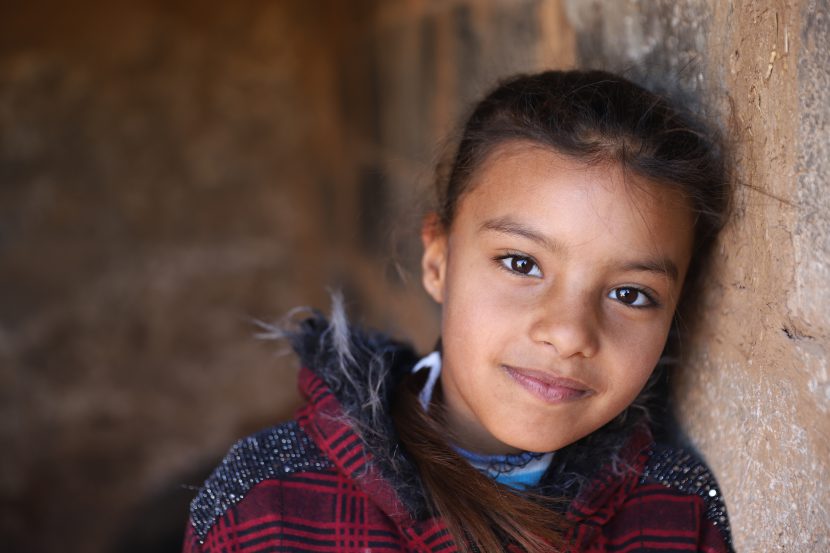On the 16th and 17th of September, during the 88th session of the United Nations, the Committee on the Rights of the Child hosted a Day of General Discussion on Children’s Rights and Alternative Care. Broadly, all children have the right to live in a protective, supporting and caring home which enables healthy development (Council of Europe, 2021). This inalienable right extends beyond children’s biological parents or family, and towards states responsible for providing alternative care (Council of Europe, 2021).
Children living in alternative care may face a greater risk of abuse and maltreatment due to their isolation away from family (Council of Europe, 2021). This neglect can lead to further developmental challenges, such as unstable relationships and violence (Council of Europe, 2021). Despite evidence suggesting that family-like environments are beneficial for children in care, many countries are still too quick to institutionalise children at the expense of their well-being (Council of Europe, 2021). COVID-19 has exacerbated this challenge, as states across the world have been forced to pause institutional reforms due to competing risks (Hope and Homes for Children, 2021).
The significance of the Day of General Discussion
The UN Committee on the Rights of the Child dedicates two days of its ordinary sessions to a general discussion on a relevant subject or section from the UN Convention on the Rights of the Child (CRC). These days are held once every two years and aim to enhance knowledge of an identified topic and host public discussions to stimulate conversation (UN Committee on the Rights of the Child, 2021). This day leads to an in-depth examination of the state of alternative care, globally, and specific concerning trends such as the unnecessary separation of children from their families (UN Committee on the Rights of the Child, 2021).

The day re-emphasised the importance of the Sustainable Development Goals (SDG) and, in particular, their commitment to ‘leave no one behind’ (UN Committee on the Rights of the Child, 2021). Children who lack familial care are frequently deprived of basic services and opportunities (UN Committee on the Rights of the Child, 2021). This challenge is linked to other SDGs including the elimination of poverty (SDG 1), promotion of healthy lives (SDG 3) and access to high-quality education (SDG 4) among others (UN Committee on the Rights of the Child, 2021).
Background context
The Day of General Discussion responded to global trends pushing children towards institutionalised, alternative care. Children are placed within these environments for an array of reasons related to their background and social context (UN Committee on the Rights of the Child, 2021).
For this reason, it is imperative that alternative care environments recognise that children in care are not a homogenous group, and present various unique challenges. Institutions must treat each individual child with particular dignity, recognising that care solutions must respect the individuality of each child and their particular set of needs (UN Committee on the Rights of the Child, 2021).
The impact of COVID-19
COVID-19 has dramatically exacerbated the situation of the world’s most vulnerable children and families, putting more pressure on already-strained financial protection systems (Hope and Homes for Children, 2021). Institutions across the globe have been forced to take on more children – and break up more families – due to increased poverty and a global rise in orphanhood (Hope and Homes for Children, 2021). COVID-19 has also forced large numbers of children to be sent home from orphanages without adequate preparation, forced into residential care to deal with the immediate crisis (Hope and Homes for Children, 2021).
These temporary measures are particularly dangerous for children with pre-existing challenges. Children with disabilities, ethnic minorities and those with particular individual needs are being shunted into systems that are not placed to meet their requirements (Hope and Homes for Children, 2021). There is a risk that children who are now living in large-scale residential facilities due to COVID-19, could fall into an inequality cycle – segregated from society in institutional care without a support network before being thrown back into the adult world with limited support (Hope and Homes for Children, 2021).
During the early stages of the pandemic, many countries did not identify social workers and child protection officers as ‘key’ workers, leading to restricted movement and access to children-in-need as well as a decrease in the child-carer ratio across the globe (Hope and Homes for Children, 2021). Beyond the secondary effects of COVID-19, the pandemic itself has had direct impacts on children and their careers.
Global reports indicate that sudden closures of institutions due to COVID-19 have forced children to be removed from these environments to inhibit the transmission of the pandemic (Hope and Homes for Children, 2021). Vulnerable children have also had to deal with the mental effects of the pandemic, developing coping mechanisms in the process (Hope and Homes for Children, 2021).
Global examples
Examples from across the globe point to vulnerable children being placed in precarious situations. Up to six million children are estimated to live in institutional care (Human Rights Watch, 2021). Children with disabilities are particularly at risk of harm, and data from Brazil, Serbia and Kazakhstan, among other countries, shows that it is not uncommon for the majority of children in institutions to have disabilities (Human Rights Watch, 2021).

In Greece, large numbers of unaccompanied migrants are frequently placed in detention centres under protective custody prior to being situated in shelters (Human Rights Watch, 2021). According to international human rights norms and standards, immigration-related detention is against the best interests of the child due to the risks it carries (Human Rights Watch, 2021). In response, the country moved to eliminate protective custody provisions for children in 2020, but the transition towards the realisation of this objective is taking time, and has left some children still trapped within these systems (Human Rights Watch, 2021).
Similarly, migrant children in the United States of America have also faced mistreatment at the hands of national authorities. A COVID-19-provoked order from the Center for Disease Control and Prevention in 2020, enabled border agents to summarily expel thousands of migrants without due process (Human Rights Watch, 2021). Moreover, 845,000 expulsions occurred between October 2020 and May 2021, leading to large numbers of unaccompanied children being forced to live in overcrowded ad-hoc camps throughout the pandemic (Human Rights Watch, 2021.
The situation across the border in Canada is similar, with Human Rights Watch reporting that children in immigration cases continue to be detained without limit, in precarious facilities which endanger their rights (Human Rights Watch, 2021). In addition to physical challenges related to their environment, these children face serious infringements to their privacy, limited access to health services and are deprived of educational opportunities (Human Rights Watch, 2021).
Safeguarding the rights of the child: international guidelines
The preamble of the CRC dedicates specific paragraphs to highlighting the importance of family and community for the “harmonious development” of child personality (UN Committee on the Rights of the Child, 2021). The Convention goes further, explicitly protecting children’s right to: non-discrimination (Article 2) and to have their best interests considered (Article 3) (UN Committee on the Rights of the Child, 2021).
Specifically, a series of Articles collectively reaffirm children’s rights to be cared for by their parents as far as is possible (Article 7), and their right to grow up in a family environment with priority given to children’s communities, parents and extended family (Article 18). Where alternative care is necessary, Articles 20 and 21 unequivocally state that all decisions about a child’s care must be informed by their best interests (UN Committee on the Rights of the Child, 2021).
Beyond the CRC, the Guidelines for Alternative Care of Children provide a roadmap for the protection of children in care. These recommendations are built around the importance of necessity and suitability, stressing that alternative care should be both a last resort and directly tailored to each individual child (UN Committee on the Rights of the Child, 2021).
For children with disabilities, the Convention on the Rights of Persons with Disabilities (CRPD) enshrines universal principles of: non-discrimination (Article 3); the best interests of the child (Article 7); the right to identity (Article 18); the right to equal community life and independent living (Article 19); and the inalienable right to family life (Article 23). Together, these provisions prevent children with disabilities from discrimination and work to ensure that they are able to live normal lives.
Next steps for the benefit of children
Beyond implementing relevant international frameworks and guidelines, countries must work proactively to tackle the root causes of child separation from their families (Hope and Homes for Children, 2021). Community-led interventions advocating local support structures and people-led interventions will reduce the number of children forced towards institutional care.
Existing funds should be redirected away from archaic institutions and towards family support (Hope and Homes for Children, 2021). This will bring about the dual benefit of keeping children in their communities, and discouraging orphanage tourism and volunteerism (Hope and Homes for Children, 2021).
Institutionalised children could become prime victims of modern slavery and child trafficking, due to their vulnerable and exposed position (Hope and Homes for Children, 2021). In particular, states must work to end all immigration detention of children and work to place unaccompanied children with family members rather than institutionalised care (Human Rights Watch, 2021). Only through de-institutionalisation will children’s best interests truly be upheld.

Humanium has always advocated for a world where children’s rights are respected and protected, and where no child should ever suffer the effects of child marriage. Discover how to stand up for children’s rights, join our community, interact with our work, and spread the word through our website, Facebook page or newsletter!
Written by Vanessa Cezarita Cordeiro
For more information:
Children and young people in care
Guidelines for the alternative care of children
Rights of children in institutions
Securing children’s rights: A guide for professionals working in alternative care


